1. We don’t know the definitive origins of ketchup.
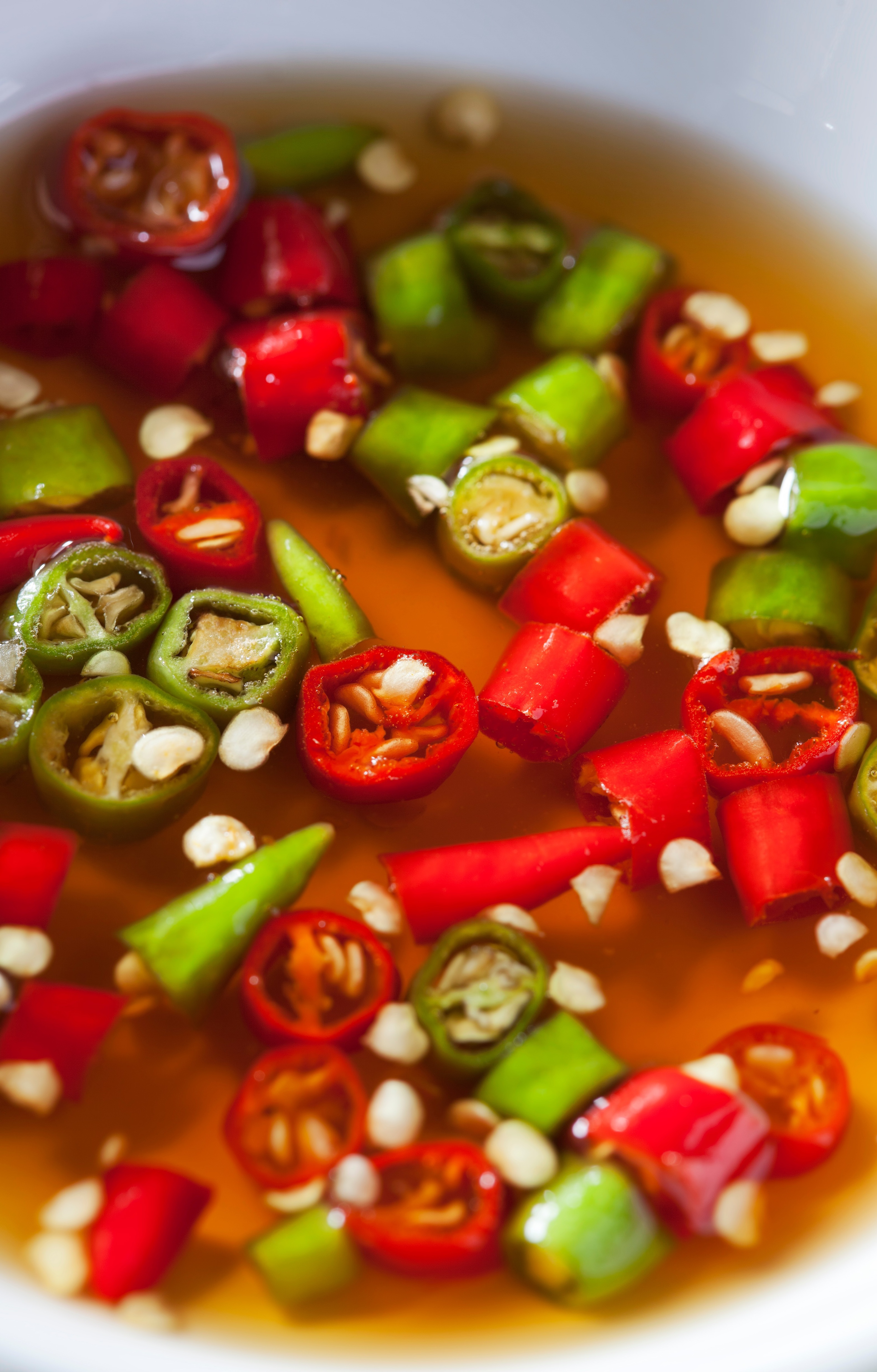
There are several theories on where ketchup comes from. Some
say it’s derived from the Amoy region of China, where "ke zap" meant tomato
sauce, or actually foreign eggplant sauce. Another theory is that it comes from
the Fujian region of China where "kôe-chiap" was the brine of pickled fish. "Kicap" in Malay means soy
sauce, but in Indonesia, "kecap" was a savory fermented sauce. Whatever the case,
it seems to be of Asian descent and most likely relating to a fermented fish
sauce.
2. Tomato ketchup was born in America.
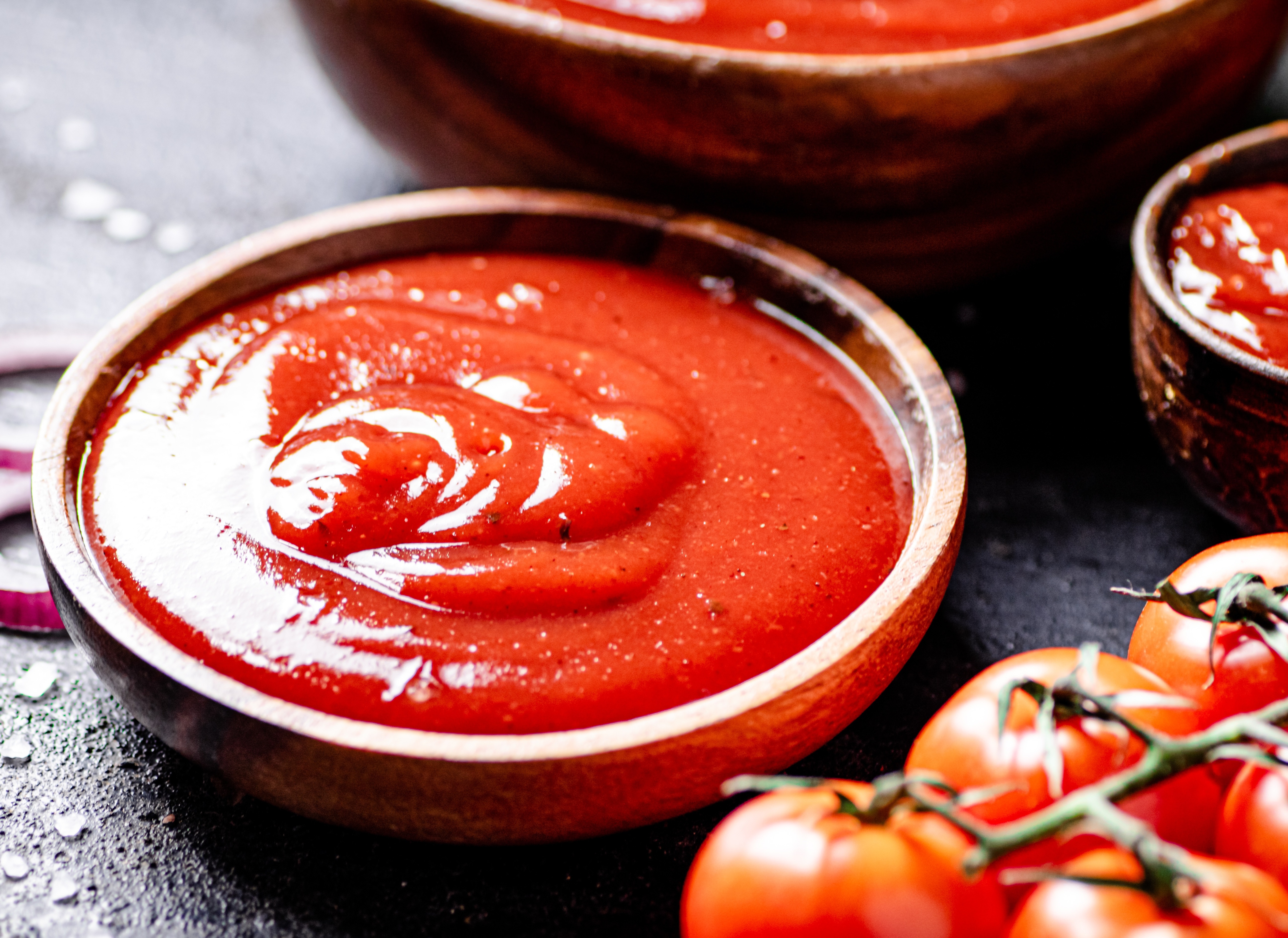
Mushroom ketchup was popular in 1600s England, probably
through trading with Asia, and then it came to America with the British settlers.
It wasn’t until the 1800s that Americans began using tomatoes in the recipe —
they thought tomatoes were poisonous after all. In 1812, James Mease crafted
the first tomato ketchup recipe.
3. Henry Heinz helped make ketchup shelf stable.
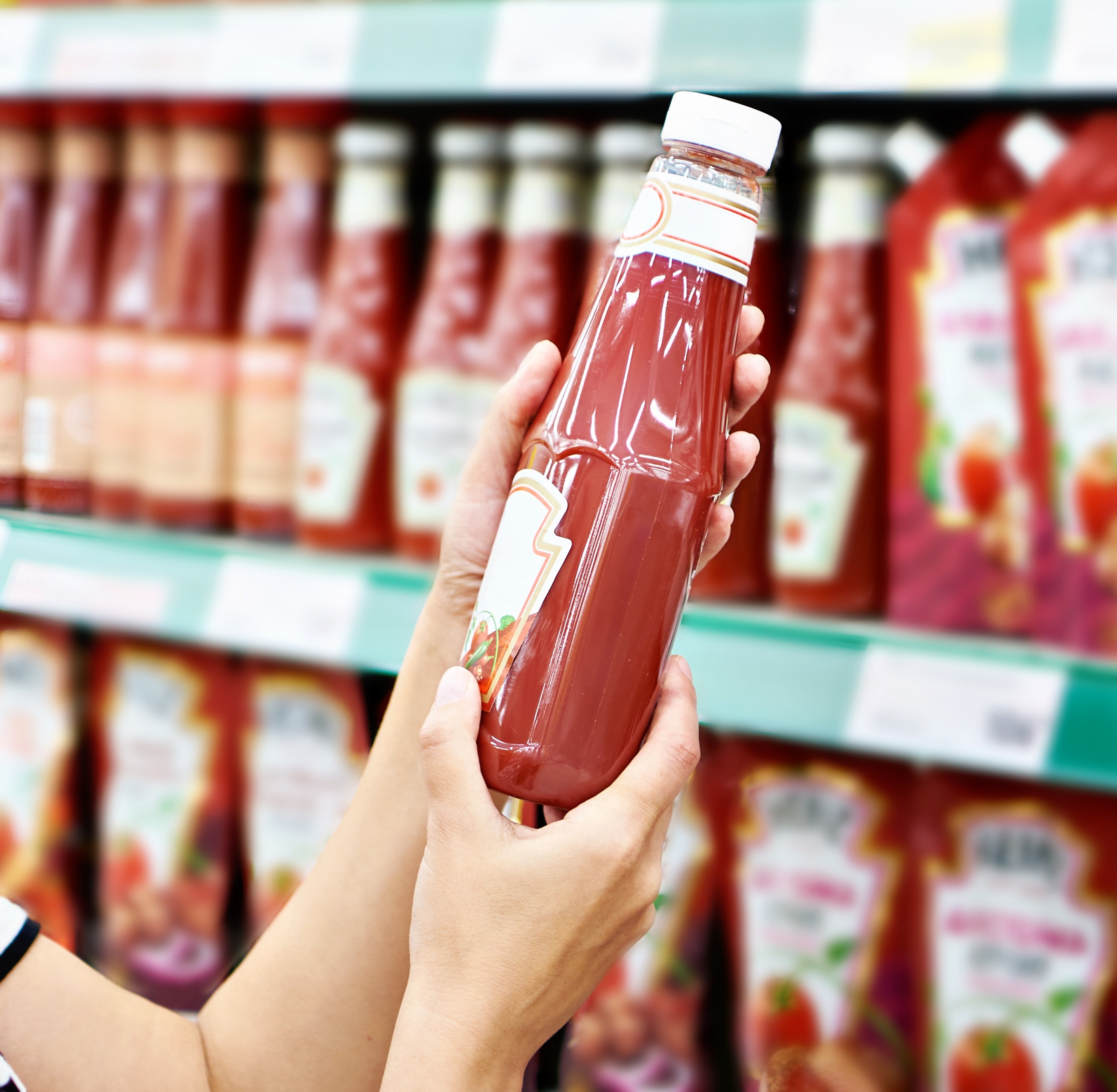
With a bit of vinegar, sugar and pectin-rich ripe tomatoes,
Heinz made ketchup last on the shelf, extending its usability and keeping it sodium
benzoate-free.
4. Ketchup used to be medicinal.

In the 1830s, Dr. John Cook Bennett thought ketchup might be
a cure-all, so he turned it into a pill. The Ohio physician thought it could
cure diarrhea, jaundice and indigestion.
5. Ketchup does have some health benefits though.
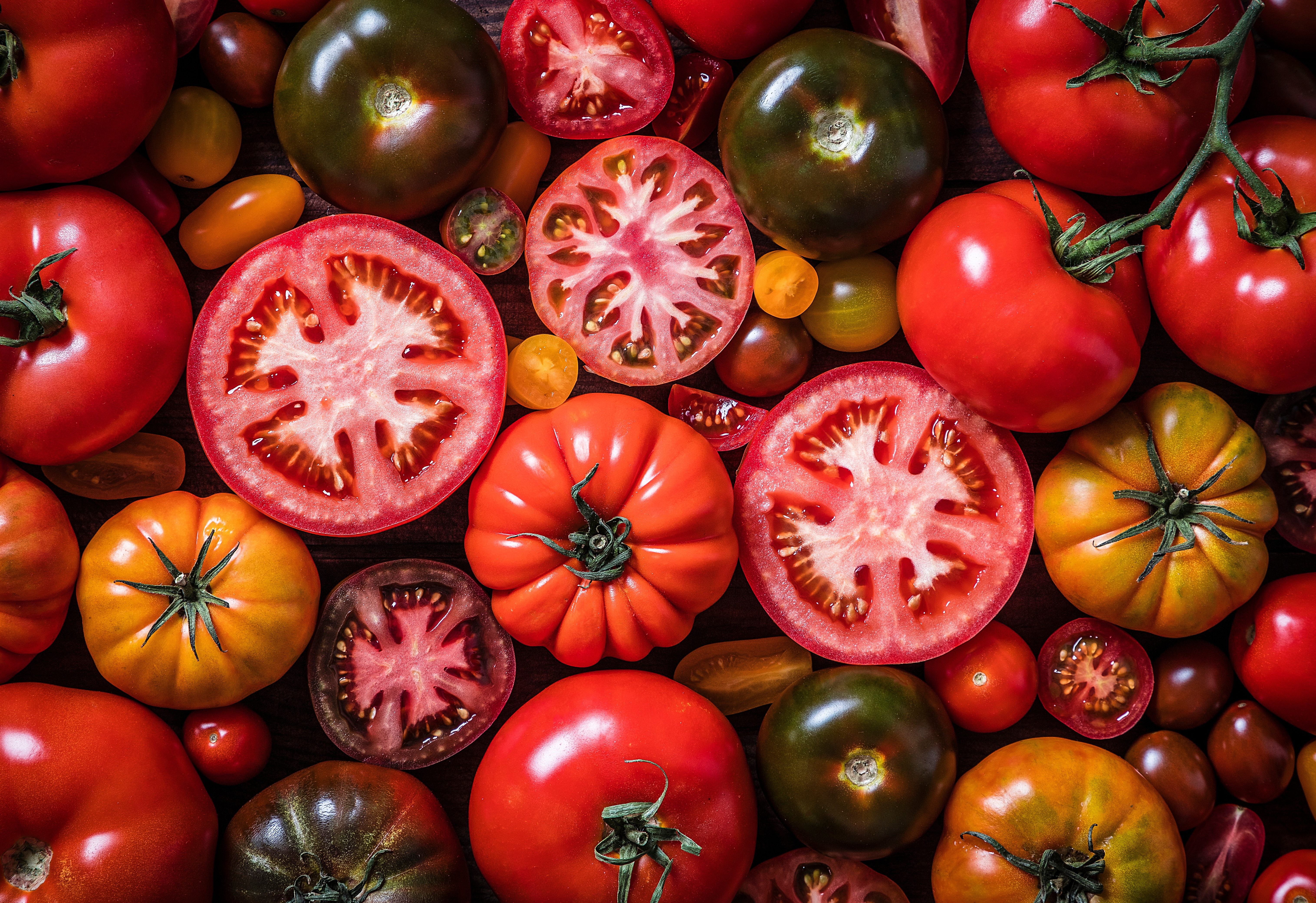
Ketchup isn’t just salt and sugar. Tomatoes are rich in
lycopene, which is an antioxidant that reduces the risk of some cancers, lowers
LDL cholesterol and possibly helps improve brain health. Because of the sugar
and salt, though, you’re better off seeking out a fresh tomato for these
benefits.
6. Ketchup is a non-Newtonian fluid.

If you’ve heard of oobleck, you know the simple cornstarch
and water mixture defies logic, as it sometimes seems like a liquid, until you
touch it, and then it appears solid. Like ooblek, ketchup is a non-Newtonian
fluid, meaning its viscosity changes based on force, which is why you need to
smack, squeeze, or shake the bottle to get it out.
7. The “57” on Heinz bottles doesn’t mean 57 varieties.
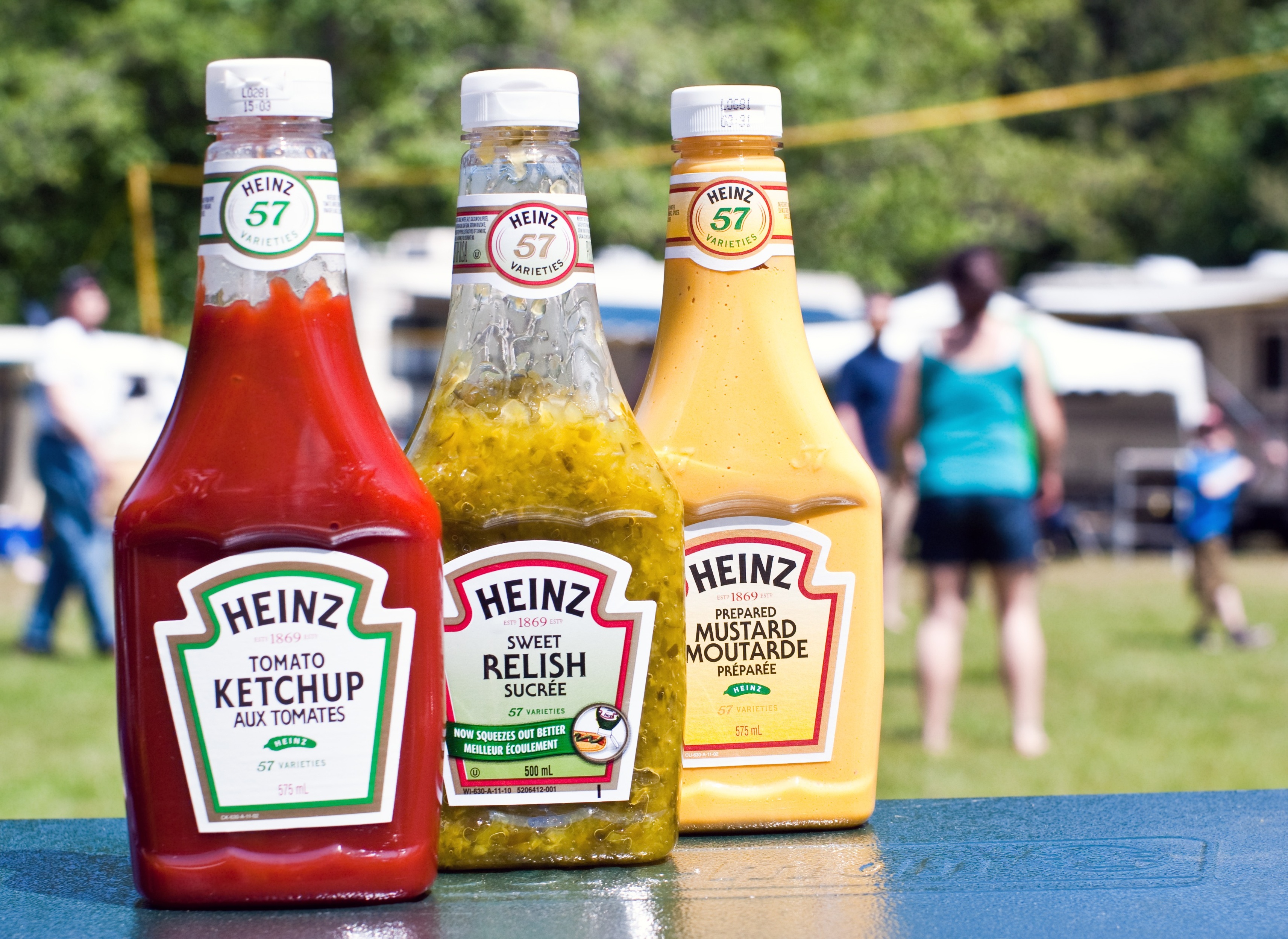
Heinz founder H.J. Heinz just liked the number 57. He
thought it was lucky. It’s as simple as that.
8. The "57" on Heinz bottles has a magic trick.
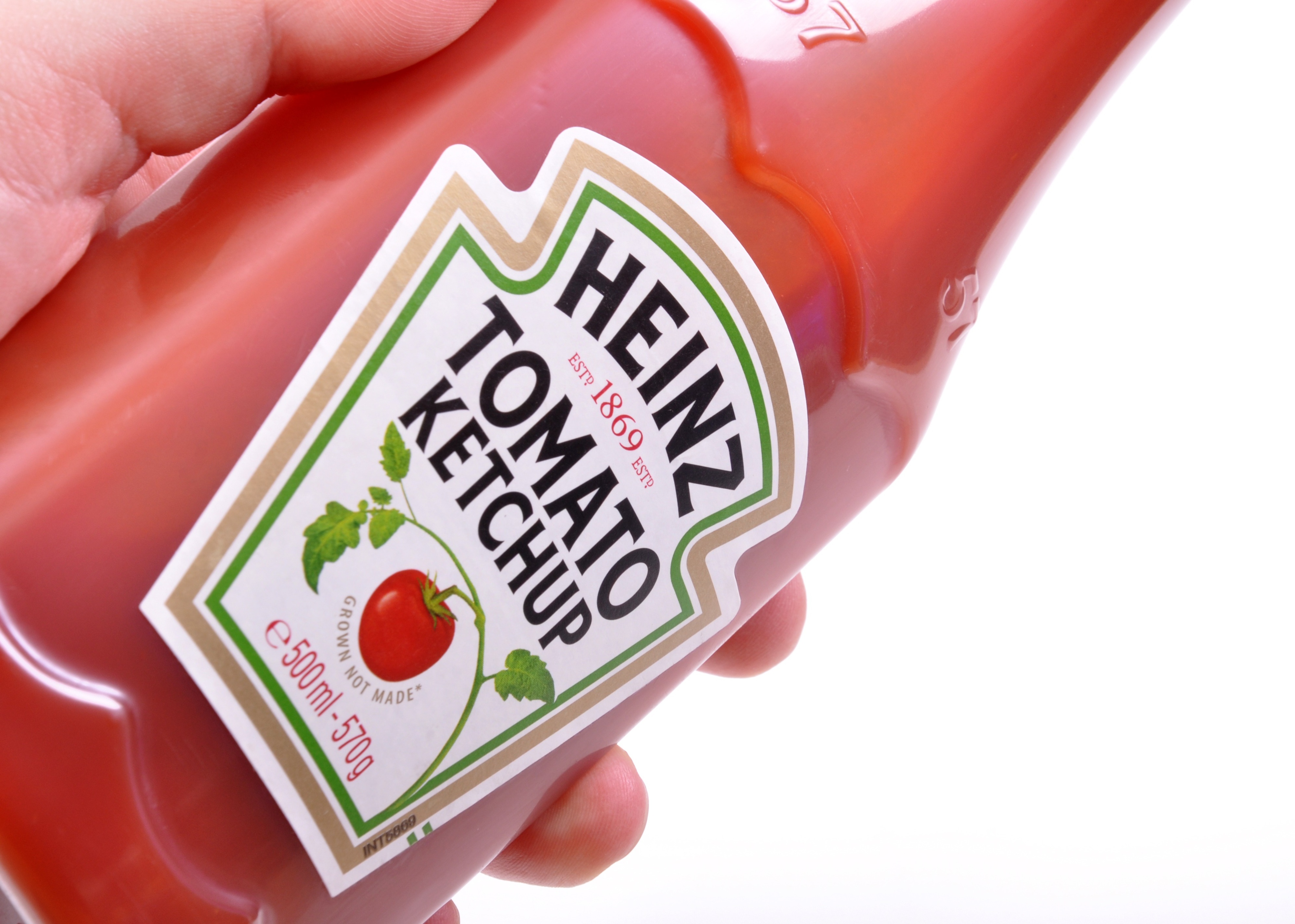
The rumors are true — if you tap on the 57 on the side of
a Heinz bottle, supposedly it’s the right point to trigger the ketchup to
release.
9. Ketchup makes a great cleaning product.

Because of the acid in the tomatoes and vinegar, ketchup
can take the tarnish off brass and copper with a quick rub, sit and rinse.
10. There’s more ketchup than the tomato kind.

In the Philippines, banana ketchup is a popular condiment.
Guavas and tamarind can be used to make ketchup, too.
11. Is ketchup a vegetable?
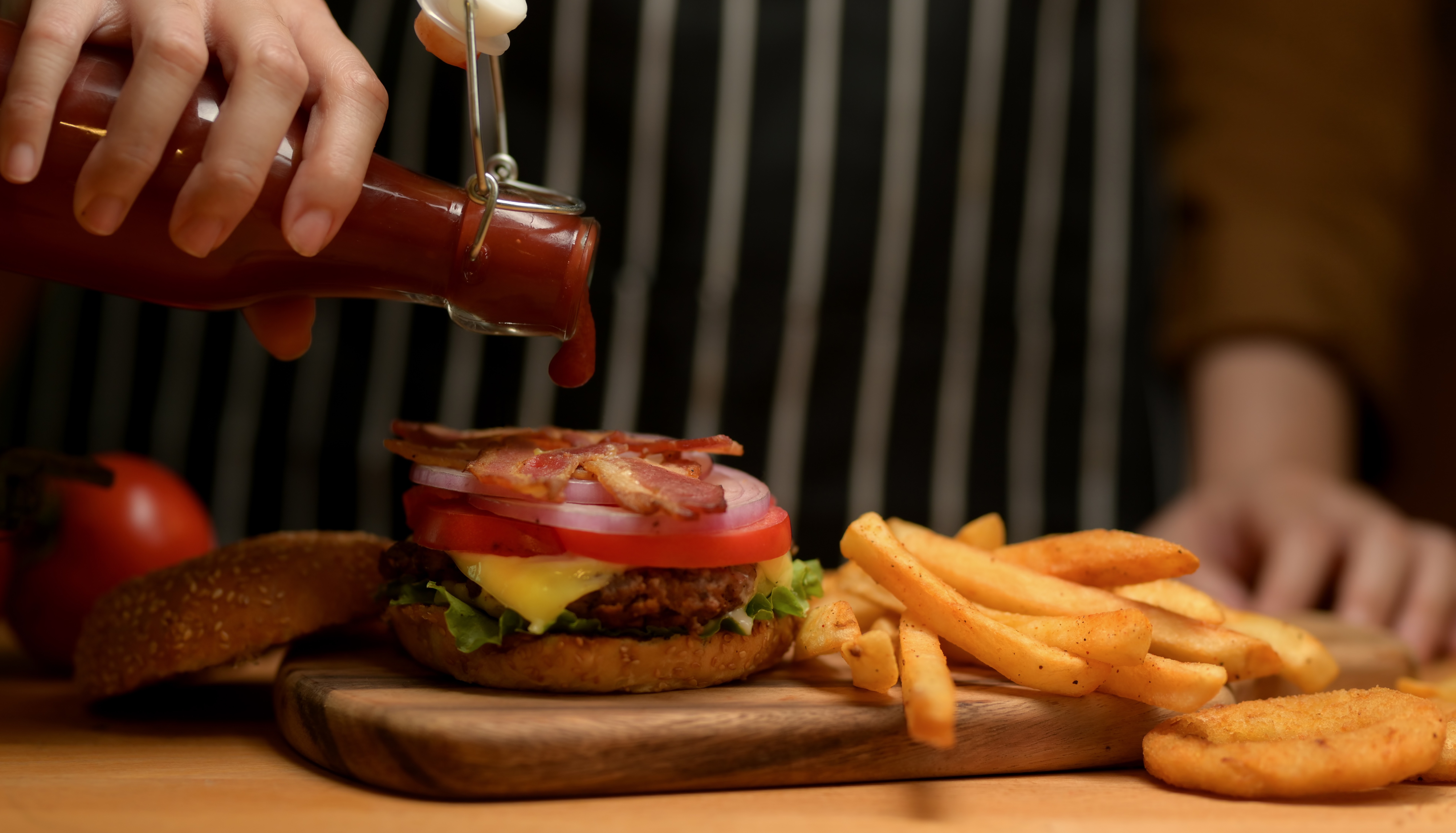
In 1981, the U.S. Department of Agriculture briefly
proposed classifying ketchup as a vegetable in school lunches to meet
nutritional guidelines more cheaply. Due to public outrage, the proposal was
dropped. Botanically, ketchup is derived from tomatoes, a fruit.
